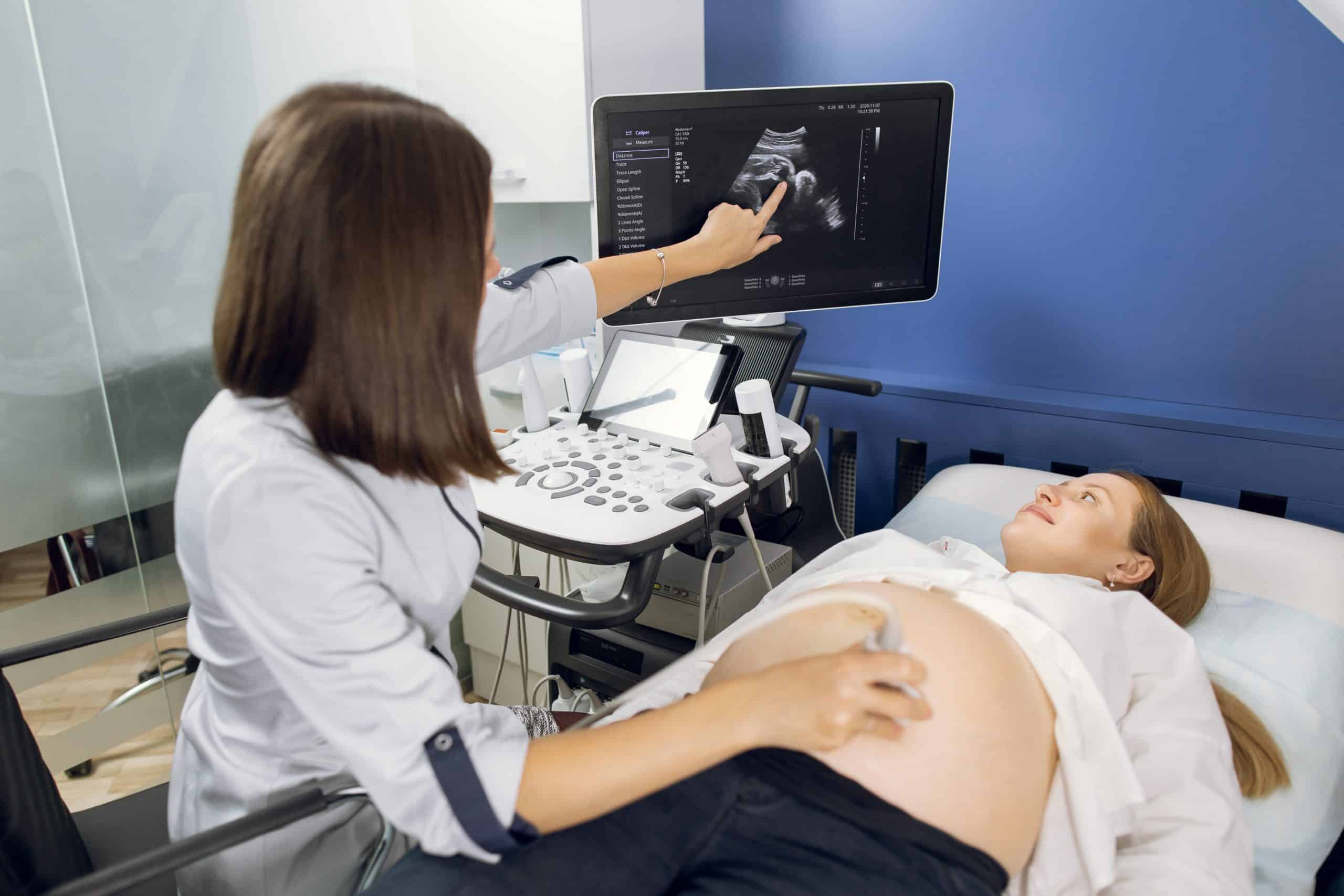Ultrasound technology has revolutionized the field of medicine and various other industries, making it possible to peer inside the human body and beyond using sound waves. In this article, we will delve into the fascinating world of ultrasound, exploring its history, mechanics, applications, and the exciting advancements that lie ahead.
A Brief History of Ultrasound
The story of ultrasound begins in the early 20th century when scientists first discovered the phenomenon of sound waves and their ability to penetrate objects. However, it wasn’t until World War II that ultrasound found practical applications, primarily in detecting submarines. After the war, researchers turned their attention to the medical field. If you’re seeking top-notch prenatal care, consider visiting our premier private ultrasound clinic for the most advanced and reassuring scans available.
The Mechanics of Ultrasound
Ultrasound works by emitting high-frequency sound waves, which bounce off tissues and organs, creating echoes that are captured and transformed into images. This non-invasive and radiation-free technique has become a cornerstone in medical diagnostics.
Medical Applications
Obstetrics and Gynecology
One of the most well-known applications of ultrasound is in obstetrics, allowing expectant parents to see detailed images of their developing baby. It helps doctors monitor fetal development and detect any potential issues.
Cardiology
In cardiology, ultrasound plays a crucial role in assessing the heart’s structure and function. It aids in diagnosing heart conditions and guiding surgical interventions.
Radiology
Radiologists use ultrasound for various purposes, such as detecting tumors, evaluating organ health, and guiding biopsy procedures.
Beyond Medicine: Industrial and Non-Medical Uses
Ultrasound has transcended the medical field and found applications in industries like manufacturing, where it’s used for quality control and flaw detection in materials. It’s also utilized in cleaning delicate items, like jewelry and electronic components.
Advancements in Ultrasound Technology
3D and 4D Imaging
Modern ultrasound machines can create three-dimensional and even four-dimensional images, providing more detailed insights into the anatomy of a subject.
High-Intensity Focused Ultrasound (HIFU)
HIFU is a groundbreaking technology that uses ultrasound waves to precisely target and destroy tissue, making it valuable in treating conditions like uterine fibroids and some cancers.
The Future of Ultrasound
AI Integration
Artificial intelligence is set to enhance ultrasound technology by automating image analysis, leading to faster and more accurate diagnoses.
Miniaturization
Advancements in miniaturization will make portable ultrasound devices more accessible, bringing healthcare to remote areas.
Safety and Concerns
While ultrasound is generally safe, there are concerns about its long-term effects on fetuses and potential tissue heating during prolonged exposure. Ongoing research aims to address these concerns.
Conclusion
Ultrasound technology has come a long way since its inception, transforming healthcare and industries alike. As it continues to evolve, we can expect more precise diagnostics, targeted therapies, and greater accessibility, ultimately contributing to a healthier world.




